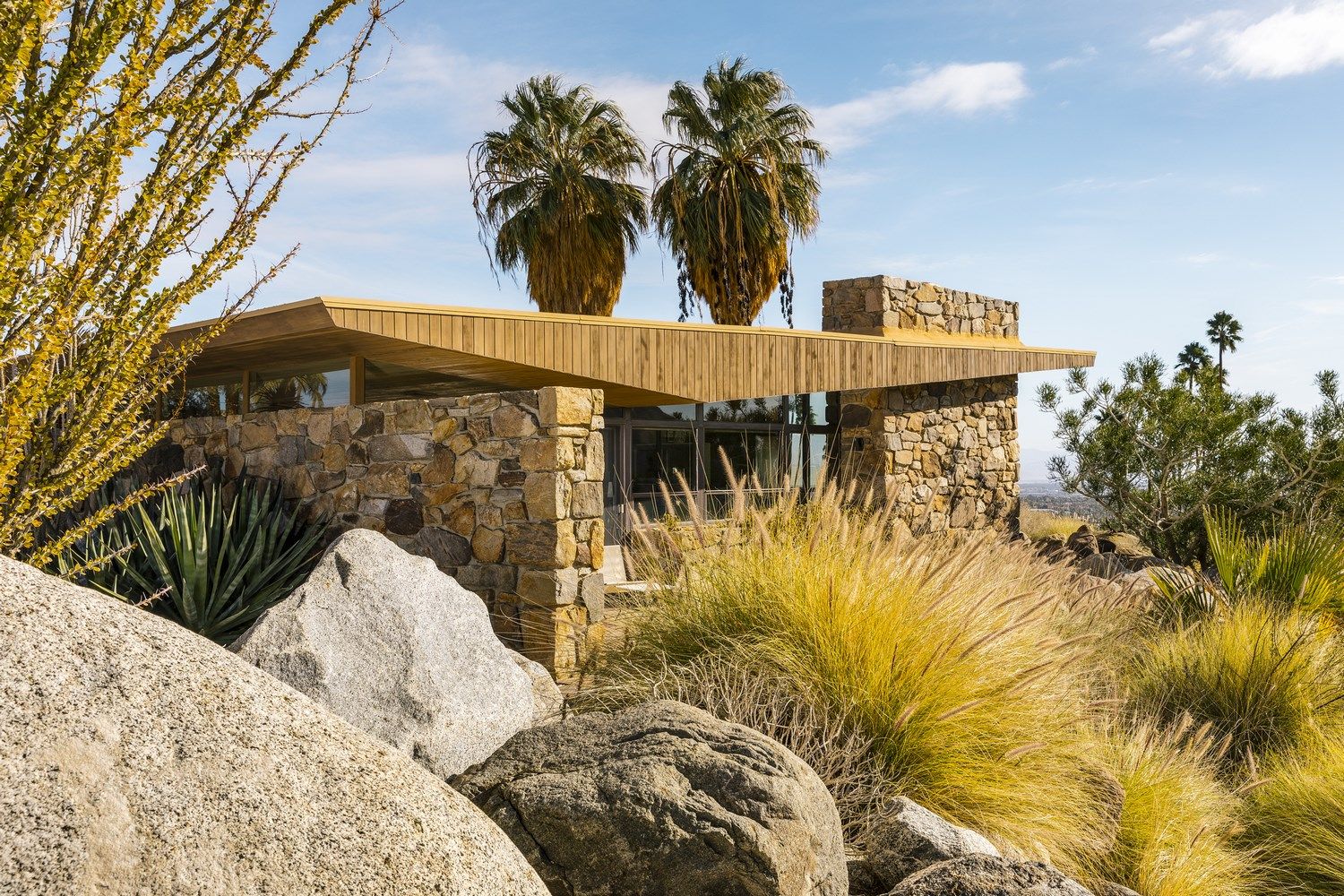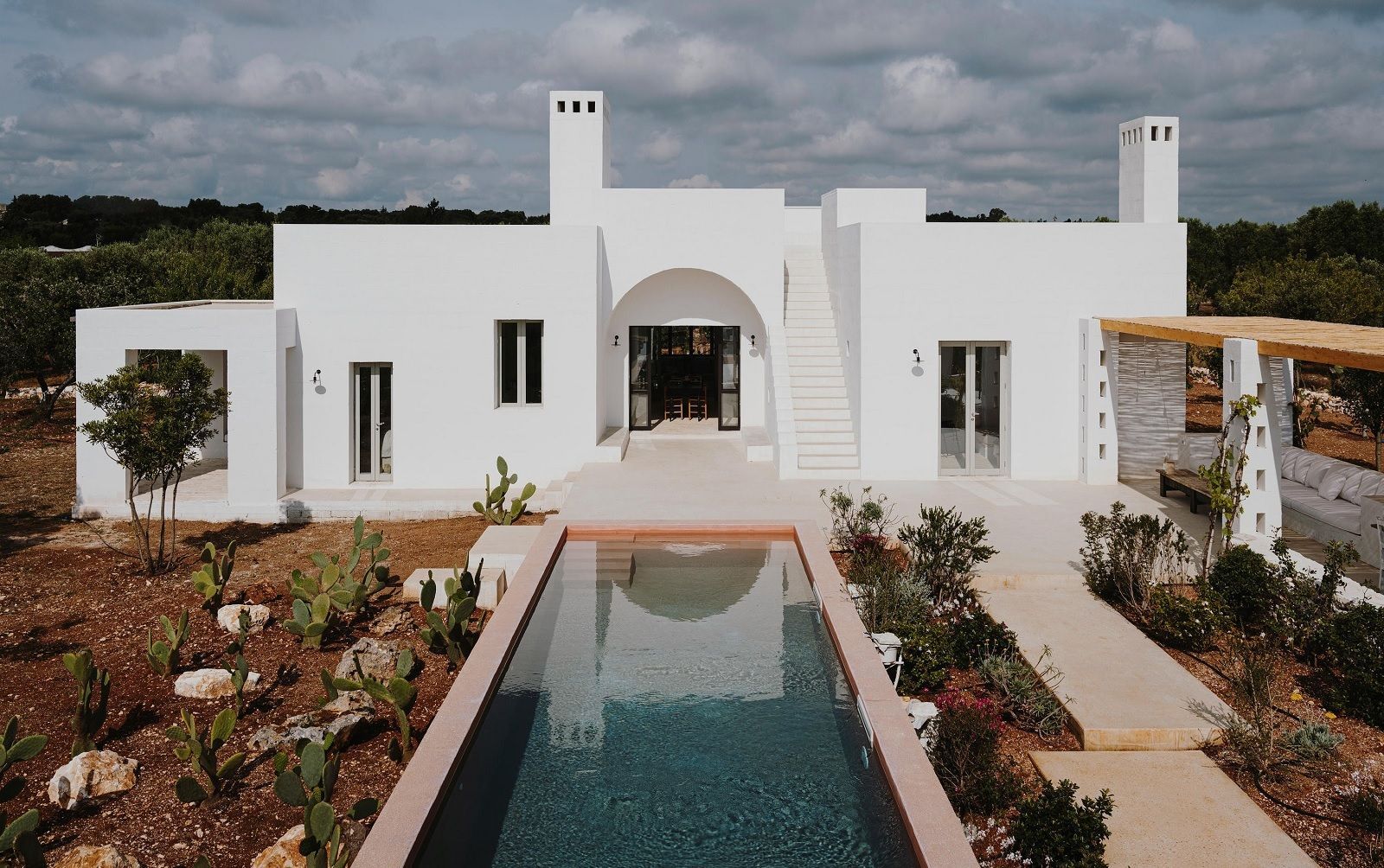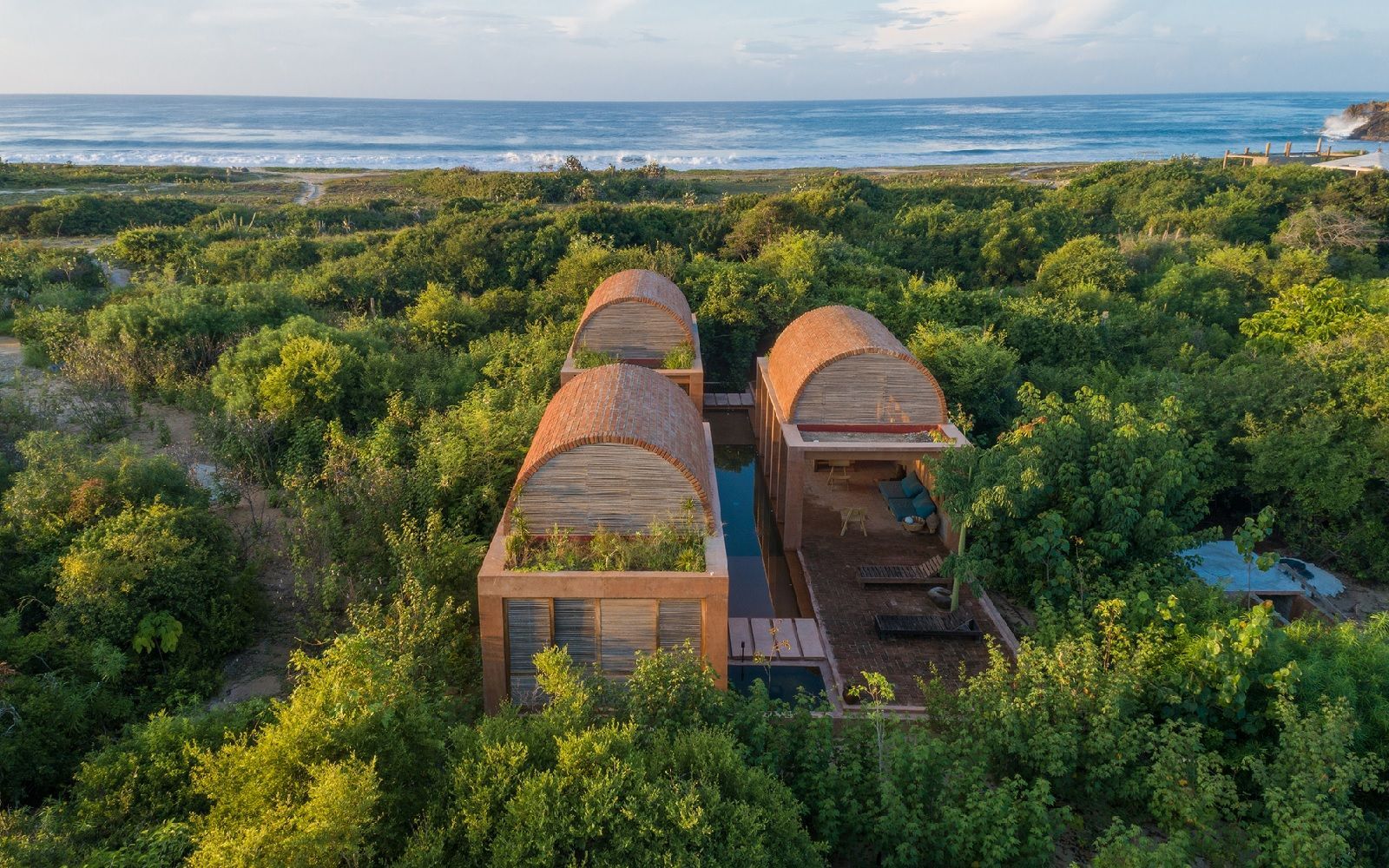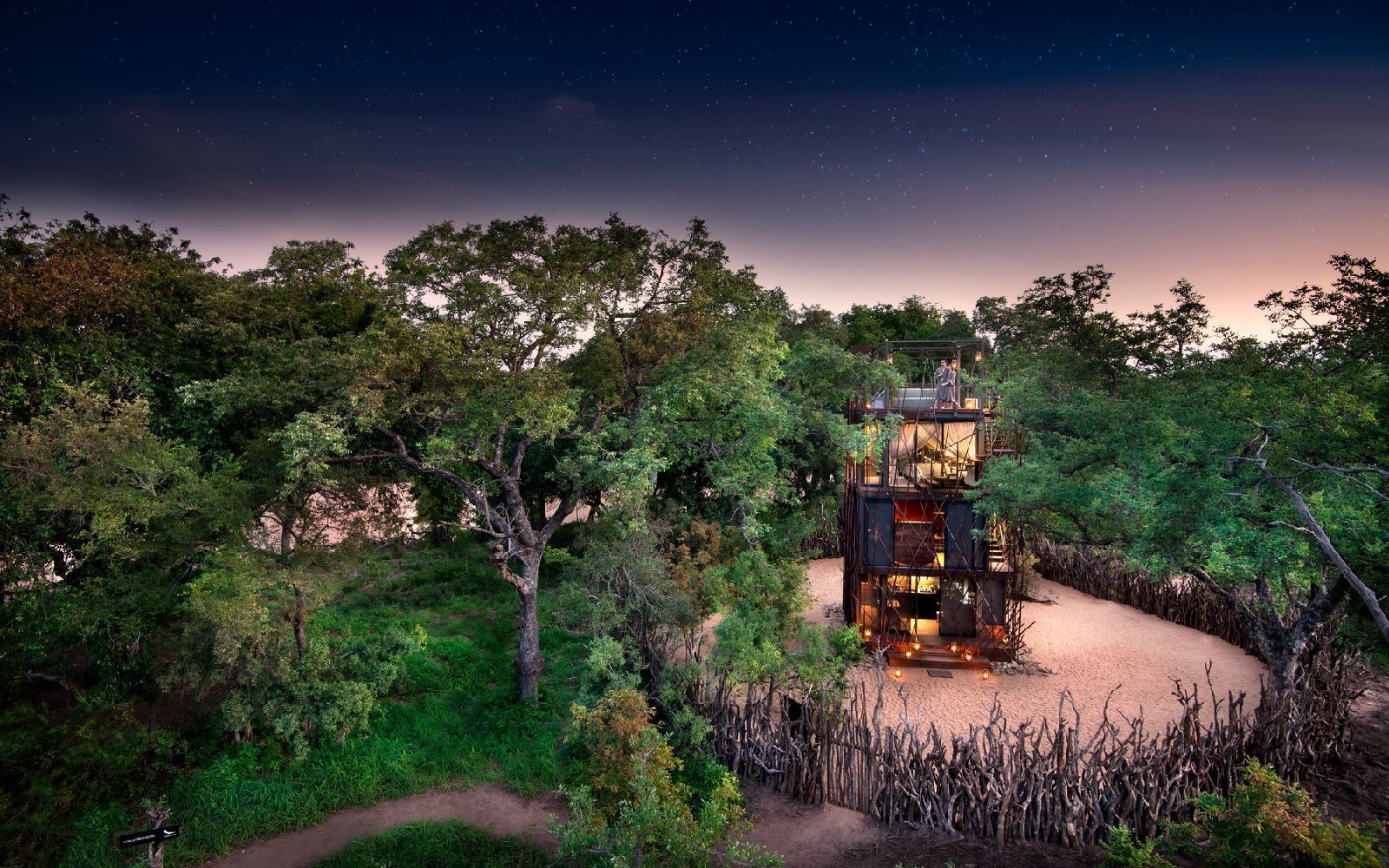
Sunday Escape - The Edris House By E. Stewart Williams
E. Stewart Williams’s fortune is relentlessly tied to Palm Springs. His fresh and modernist works, which still characterize the center, have marked the urban landscape of the Californian city.
He has the architecture in the blood. His father Harry is also an architect and, like him, his brother, so "Stew" works in a study with the family.
His life changed in May 1947, when Frank Sinatra entered his office. Wearing a sailor's cap and sucking an ice cream, he asks Williams to build a Georgian-style house, ready for a Christmas party.
The result is “Twin Palms House”, a villa still known today for its piano-shaped pool and the shelter projecting shadow-like film-making.
During a long and productive career, he has created breathtaking buildings and homes, as free as the desert they came from. His style, called “Desert Modern Style”, combines functionalities and formal moves that accentuate the light, color and climate of the desert, often made of natural materials such as wood, stone and concrete.
«He has brought natural materials to modernity», said Peter Moruzzi, «a historian in architecture, adding «He built for the desert».
A perfect example of this is "The Edris House", a building overlooking the rocky landscape, blends in the indigenous environment with its organic materials, such as local stone and Douglas fir.
The sructure, commissioned by Marjorie and William Edris, Seattle hoteliers, but especially Williams’s neighbors and friends, is a perfect puzzle where each piece combines together.
This small house was built in 1954 in front of Mount Ains is perhaps the most beautiful residential project of the architect: clean and slender lines that integrate with the red and the rock of the surrounding landscape, use of wood and glass and a large V-shaped roof that creates shade to live outdoors.
A curiosity? Wood may not seem like an obvious choice for a desert villa, where trees are scarce, but Williams’s inspiration left the austere cathedrals of Scandinavia where he had studied as a young architect.



























































